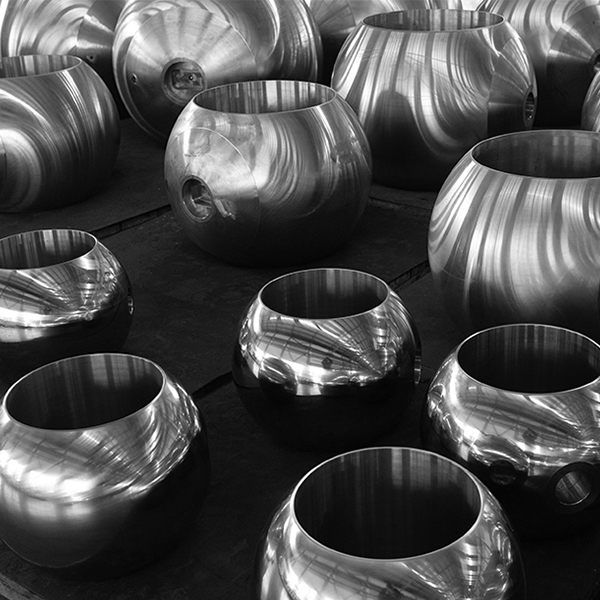In the field of fluid control, the role of the ball valve ball is central to ensuring precise regulation of flow. Recent innovations in the design and manufacture of ball valve balls have contributed to improvements in flow control accuracy across various industries. These advancements, combined with enhancements in ball valve accessories and related components of ball valve systems, are enabling more reliable and efficient valve operation in demanding environments.

The ball valve ball serves as the core element inside the valve that regulates fluid flow by rotating within the valve body. Traditionally, the shape, surface finish, and materials of the ball valve ball have influenced how accurately a valve can control flow. Today, refinements in manufacturing techniques and materials selection have led to balls with tighter tolerances and smoother surfaces, reducing leakage and improving sealing performance. This, in turn, contributes to more consistent flow rates and better overall system control.
Alongside improvements to the ball itself, ball valve accessories play a crucial role in enhancing the functionality and adaptability of ball valve assemblies. These accessories include handles, actuators, seals, and mounting brackets that support the operation and installation of the valve. When paired with a well-engineered control valve ball valve, these accessories can improve ease of use, maintenance efficiency, and system integration.
Another key area of development involves the components of ball valve construction that work together to support the ball’s function. These components of ball valve design include seats, stems, and seals, each contributing to the valve’s ability to maintain tight shutoff and smooth operation. Advances in materials for seats and seals, for example, help reduce wear and extend the service life of valves, especially under conditions of high pressure or corrosive media.
Control valve ball valve assemblies are now increasingly designed with modularity and customization in mind. This allows for specific ball valve accessories and components of ball valve construction to be selected according to the unique requirements of an application. For instance, valves used in chemical processing may require specialized coatings on the ball valve ball to resist corrosion, while those in food and beverage industries might focus on hygiene and ease of cleaning.
The precision achieved in modern ball valve balls is not only a result of improved manufacturing but also due to advancements in quality control and testing methods. Automated inspection systems and non-destructive testing techniques ensure that each ball valve ball meets stringent dimensional and surface finish criteria. This reduces variability and enhances confidence in the valve’s performance during operation.
Ball valve accessories have also evolved to complement these improvements in ball technology. Enhanced actuator designs provide more accurate positioning of the ball valve ball, enabling finer control over flow rates. Similarly, innovations in sealing accessories reduce friction and wear, contributing to more stable valve operation over time.
The interplay between ball valve balls and the other components of ball valve assemblies is critical for achieving the desired control characteristics. A precisely machined ball must be supported by compatible seats and seals that maintain contact without causing excessive wear. When all parts function harmoniously, the control valve ball valve can deliver reliable performance in a variety of challenging conditions.
In summary, ongoing innovations in ball valve ball design and the development of supporting ball valve accessories and components of ball valve systems are improving flow control accuracy. These enhancements allow for valves that respond more precisely to control inputs and maintain reliable sealing over longer periods. As industries continue to demand higher levels of efficiency and reliability, the evolution of these valve components plays a key role in meeting those needs.